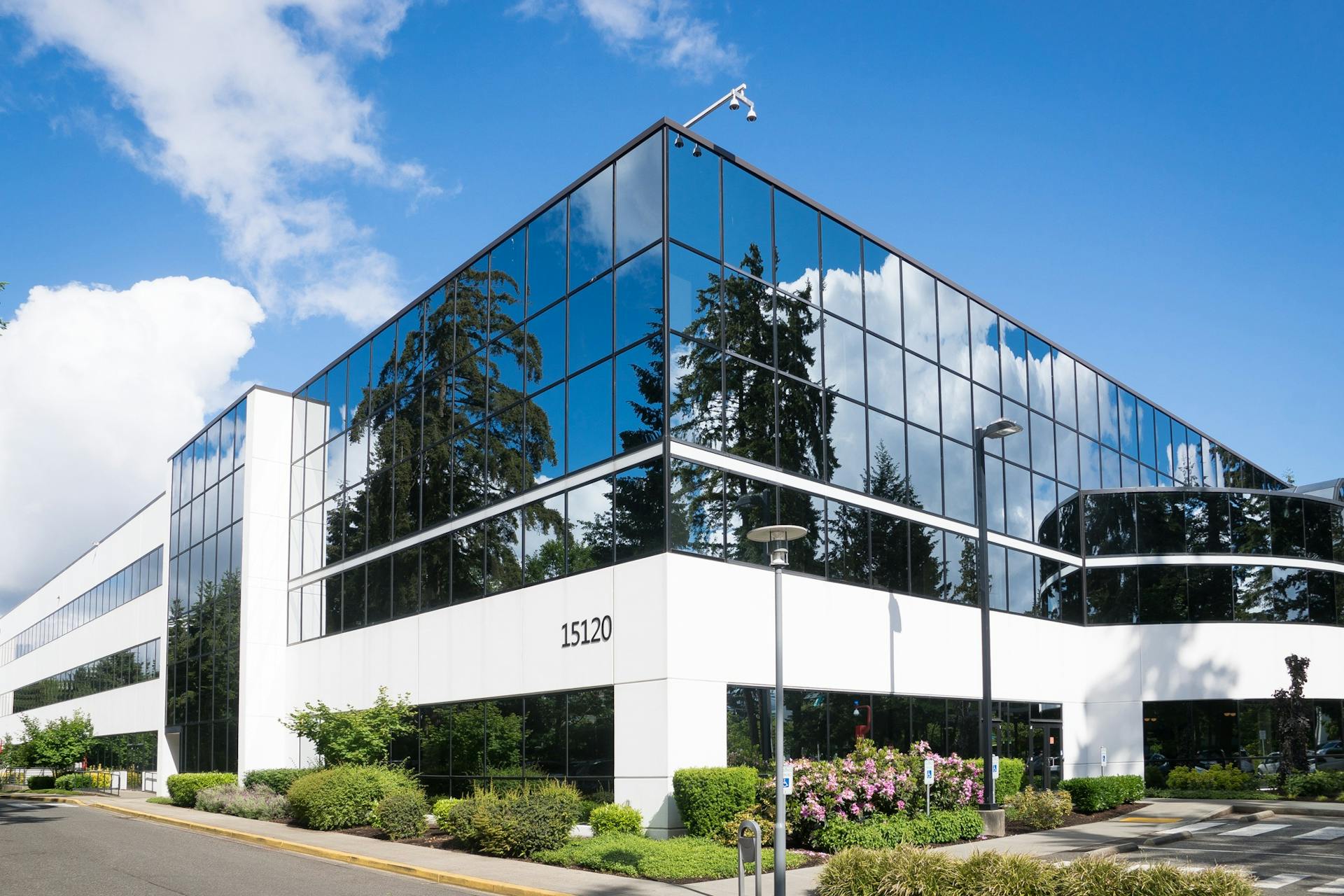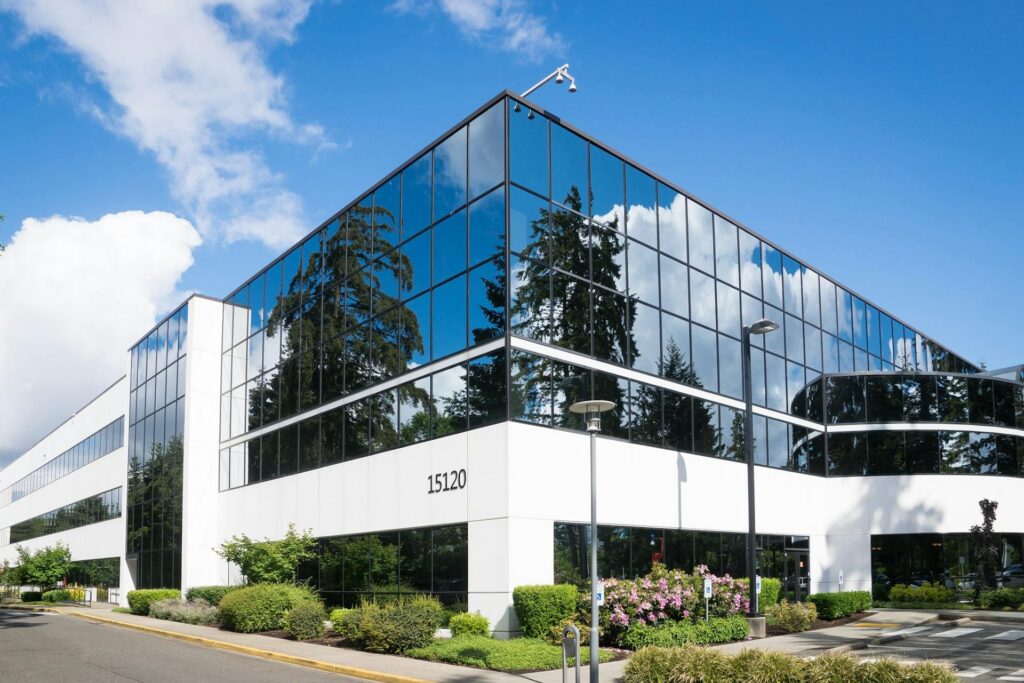The Ultimate Guide to Waterproofing Your Commercial Property
Water damage is one of the most significant threats to commercial properties. Leaks, flooding, and moisture buildup can lead to structural deterioration, mold growth, and costly repairs. Without proper waterproofing, businesses risk operational disruptions, safety hazards, and decreased property value. This guide explores essential waterproofing strategies to protect commercial properties from water damage and ensure […] The post The Ultimate Guide to Waterproofing Your Commercial Property appeared first on Entrepreneurship Life.


Water damage is one of the most significant threats to commercial properties. Leaks, flooding, and moisture buildup can lead to structural deterioration, mold growth, and costly repairs. Without proper waterproofing, businesses risk operational disruptions, safety hazards, and decreased property value. This guide explores essential waterproofing strategies to protect commercial properties from water damage and ensure long-term durability.
1. Identifying Vulnerable Areas
Before implementing waterproofing solutions, it’s crucial to identify areas most susceptible to water damage. Some of the most common problem spots include:
- Roofing Systems – Flat roofs are particularly vulnerable to standing water and leaks.
- Basements and Foundations – Water infiltration through foundation cracks can cause structural weakening.
- Entryways and Windows – Poor sealing and drainage can lead to water seepage.
- Parking Garages and Walkways – Exposure to rain, snow, and ice increases the risk of damage over time.
- Elevator Shafts – Improper drainage can result in water pooling and electrical issues.
Regular inspections and maintenance play a critical role in identifying early signs of water damage, such as discoloration, peeling paint, musty odors, or pooling water. Addressing these issues early helps prevent costly repairs.
2. Best Waterproofing Solutions for Commercial Buildings
Once problem areas have been identified, implementing effective waterproofing measures is the next step. Some of the best solutions include:
- Exterior Sealants and Coatings – Applying waterproof coatings to external walls and foundations prevents moisture penetration.
- Drainage Systems – Installing gutters, downspouts, and proper sloping ensures that water is directed away from the building.
- Waterproof Membranes – These act as a barrier against water infiltration, especially for roofs and basements.
- Sump Pumps – Essential for basements and lower levels, sump pumps help remove accumulated water.
- Flashing and Caulking – Properly sealing windows, doors, and joints helps prevent leaks.
Each of these solutions contributes to the overall resilience of a commercial property against water-related issues.
3. The Role of Elevator Threshold Drainage
One often-overlooked aspect of commercial waterproofing is elevator threshold drainage. Elevators are vital components of multi-story buildings, but they can be highly susceptible to water damage if not adequately protected.
Why is elevator threshold drainage important?
- Prevents water from pooling around elevator entrances, reducing the risk of electrical malfunctions.
- Protects elevator components from corrosion and premature wear.
- Enhances safety by reducing slip hazards in high-traffic areas.
- Helps maintain compliance with building codes and safety regulations.
By implementing elevator threshold drainage, property owners can prevent costly repairs and ensure safe, efficient elevator operation. Drainage solutions should be integrated with the overall building waterproofing system to manage water flow effectively and keep elevator shafts dry.
4. Choosing the Right Waterproofing Materials
Selecting the right materials for waterproofing is crucial for long-term effectiveness. Some of the most commonly used materials include:
- Silicone and Polyurethane Sealants – Flexible and durable, these sealants provide excellent water resistance for windows, doors, and joints.
- Bituminous Waterproofing Membranes – Commonly used for roofs and foundations, these membranes offer strong protection against water penetration.
- Cementitious Waterproofing Coatings – These coatings are ideal for concrete surfaces, including basements and parking garages.
- Thermoplastic Membranes – Often used for flat roofs, these materials provide excellent UV and weather resistance.
When selecting waterproofing materials, factors such as durability, climate compatibility, and maintenance requirements should be considered to ensure optimal performance.
5. Professional Waterproofing vs. DIY Solutions
While some minor waterproofing tasks can be handled independently, professional waterproofing services offer superior protection for commercial properties. Key advantages of hiring experts include:
- Comprehensive Assessments – Professionals can identify hidden vulnerabilities that might go unnoticed.
- High-Quality Materials – Expert contractors use industry-grade products designed for long-term effectiveness.
- Advanced Techniques – Specialized application methods ensure maximum waterproofing efficiency.
- Cost-Effective Solutions – While professional services may have a higher upfront cost, they prevent expensive repairs in the long run.
DIY waterproofing, on the other hand, may be suitable for small-scale tasks like reapplying sealants or maintaining gutters. However, for large commercial properties, investing in professional services is often the best choice to ensure thorough and lasting protection.
Conclusion
Waterproofing is a critical investment for commercial property owners. From identifying vulnerable areas to implementing effective drainage systems, taking proactive measures helps prevent costly damage and ensures a safe, functional environment. By choosing the right materials and considering professional waterproofing services, businesses can protect their properties from water-related risks and maintain their long-term value. Regular inspections, timely maintenance, and strategic waterproofing solutions are the key to safeguarding a commercial building against the damaging effects of moisture and leaks.
The post The Ultimate Guide to Waterproofing Your Commercial Property appeared first on Entrepreneurship Life.
























































